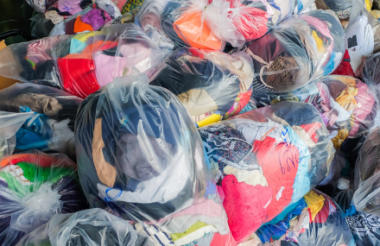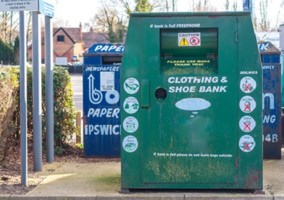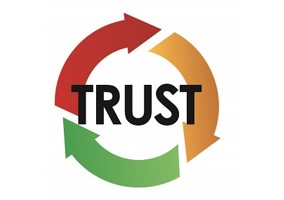A waste charity has launched a campaign to encourage people to donate unwanted clothing to charity shops after finding that there has been a 10 per cent increase in the volume being thrown away.
WRAP's Textiles Market Situation report says that “there were 336,000 tonnes of clothing in the household residual waste in 2017, destined for landfill or incineration“, up from 300,000 in 2015.
Following the report’s publication, WRAP is running an awareness campaign to encourage people to donate their used garments instead, with the double benefit of reducing landfill waste and providing charities with more items to resell.
A range of possible causes
WRAP’s report does not come to a final conclusion on what caused the spike, but growth in the number of clothes people have been buying is a likely factor.
A WRAP spokesperson said: “WRAP found that spending on clothing has increased year on year; the increase in sales around 2013-2014 could have contributed to increased volumes being discarded three years later, although other factors will have had an influence too.”
Alan Wheeler, director, Textile Recycling Association, said that while “the UK and Germany collect more used clothing per head of population than any other country in the world”, a “huge amount” of clothing is still being sent to the landfill.
“With consumption rates of new clothing and textiles continuing to increase, it is inevitable that this will have impacts on the amount of textiles going to disposal.”
Robin Osterley, chief executive of The Charity Retail Association, which represents UK charity shops, said fast fashion is a “key driver behind the increase in clothes being disposed of as waste”.
The WRAP report mentions a list of possible explanations that could also have played a role, including “reduced lifespan” and “perceived lower value” of low-cost clothes and people’s “suspicion” of charity bag collections.
It also suggests that further research could specifically look into what leads people to throw away their used clothes rather than donating them.
Keeping used textiles in the economy
Peter Maddox, director of WRAP, said: “We need to focus on ways to keep these valuable materials in the economy when we’ve finished with them.
“Clothing has the fourth largest environmental impact after housing, transport and food, and yet every year nearly one million tonnes of textiles are burnt or buried in the UK.”
WRAP estimates that 620,000 tonnes of textiles were collected for re-use and recycling in 2018, up from 600,000 the previous year. UK charity shops received approximately 32 per cent of them.
Osterley said that “there is scope to increase this amount further”.
“Charity retail is able to raise £330m a year for good causes, reduce the environmental impact of the fashion industry and reduce waste disposal costs for local councils.”
WRAP said that “the charity sector is doing a fantastic job reselling clothes in the UK”, but a “significant proportion” of clothes are stuck in a “limbo” where they are neither worn or donated and risk ending up in the landfill.
The charity launched the Donation Generation campaign on social media this month, to raise awareness and encourage people to use charity shops, collection bags or clothing donation banks instead of throwing their clothes in the bin.
|












